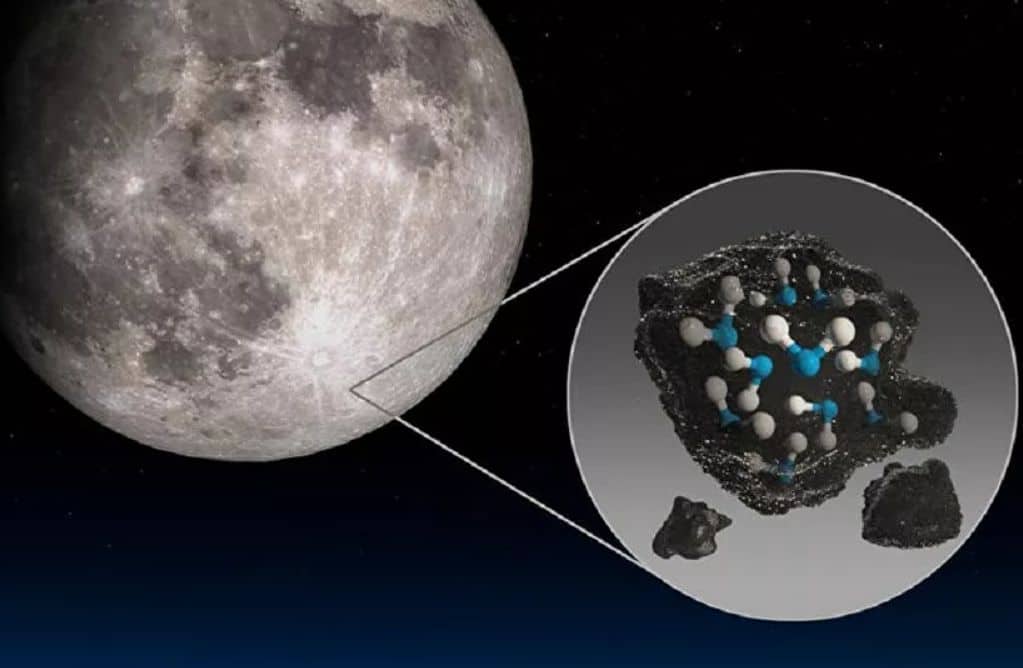Astronomers using the FLYING SOFIA Observatory have discovered water molecules in the soil of the lunar crater Clavius. Despite the fact that the water content in the ground is very low, observations have shown that its molecules are able to persist on the visible side of the Moon, being enclosed in particles of soil. The paper is published in the journal Nature Astronomy.
The search and identification of water ice deposits on the Moon is critical for future manned flights to it, and a heterogeneous distribution of lunar resources could lead to difficulties in implementing the Outer Space Treaty. Ice and other volatiles are thought to be frozen on the moon’s surface, which can be stored in “cold traps” in polar regions where virtually no Sunlight. As for other areas of the Moon, on most of the lunar surface water ice is unstable, as it is heated by sunlight and quickly sublimates. Another interesting point is the fact that the infrared spectroscopy of hydrated compounds on the visible side of the moon was registered by Cassini, Deep Impact and Chandrayaan-1, however, for a long time it was not clear what contribution water molecules make to the signal, and what hydroxyl ion.
A team of astronomers led by Casey Honniball of the University of Hawaii decided to look into this issue, for this purpose scientists used a flying stratospheric SOFIA (Stratospheric Observatory for Infrared Astronomy), which observed a wavelength of six micrometers behind the visible side of the moon in August 2018. Targets for the observatory were the Crater Clavius, located at high southern latitudes, and the Sea of Clarity, which is closer to the equator of the Moon.
Analysis of the data obtained by the telescope showed that both the Clavius Crater and its surroundings contain water molecules of 100 to 400 micrograms per gram of soil. If we compare this with the earthly conditions, the Sahara desert contains a hundred times more water than the lunar soil. Scientists stress that they do not know of any other substance suitable for the Moon, which would have similar spectral characteristics at a wavelength of six micrometers, and it is also noted that the error of the measured water content is about 80 micrograms per gram of soil.
It is assumed that water molecules are located inside impact glass particles or in voids between regolith grains, which allows them to persist. The low water content in the Sea of Clarity can, according to the researchers, be explained by the fall of small meteorites, which lead to the drying of the surface layer of regolith several centimeters thick. Scientists note that the work demonstrates the situation on the Moon in some places and in the modern era and cannot describe the evolution of the water content in the lunar soil over a long time. Further observations should determine the fluctuations in the content of water molecules in the soil during the day and more accurately understand their distribution over the satellite surface.
